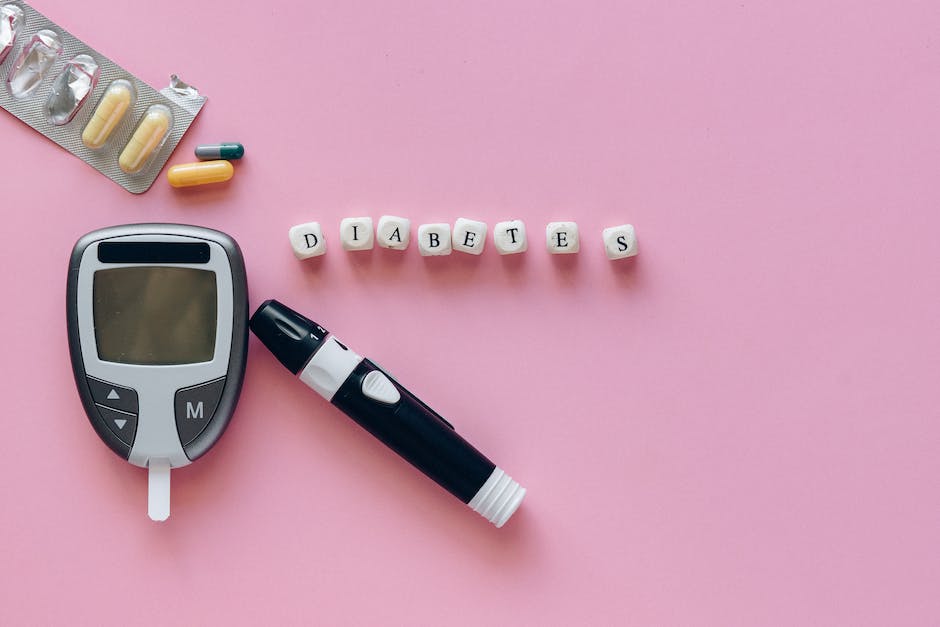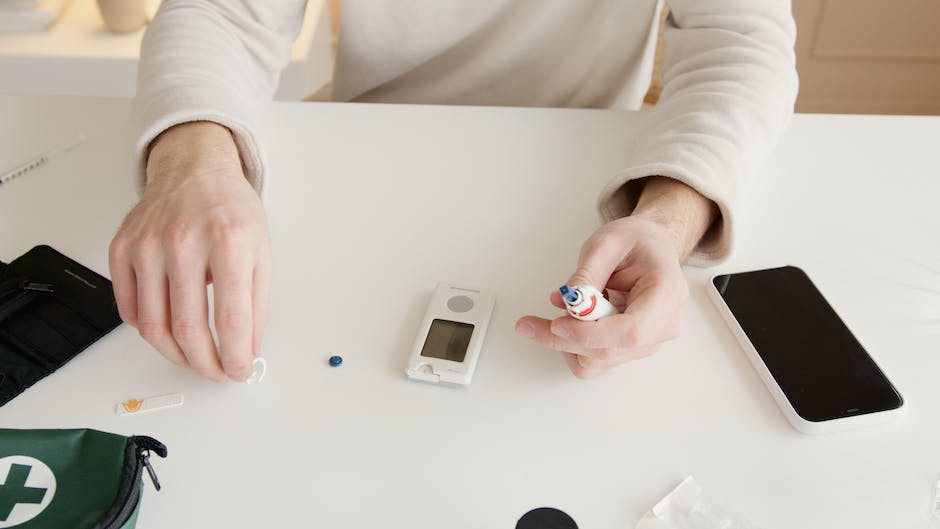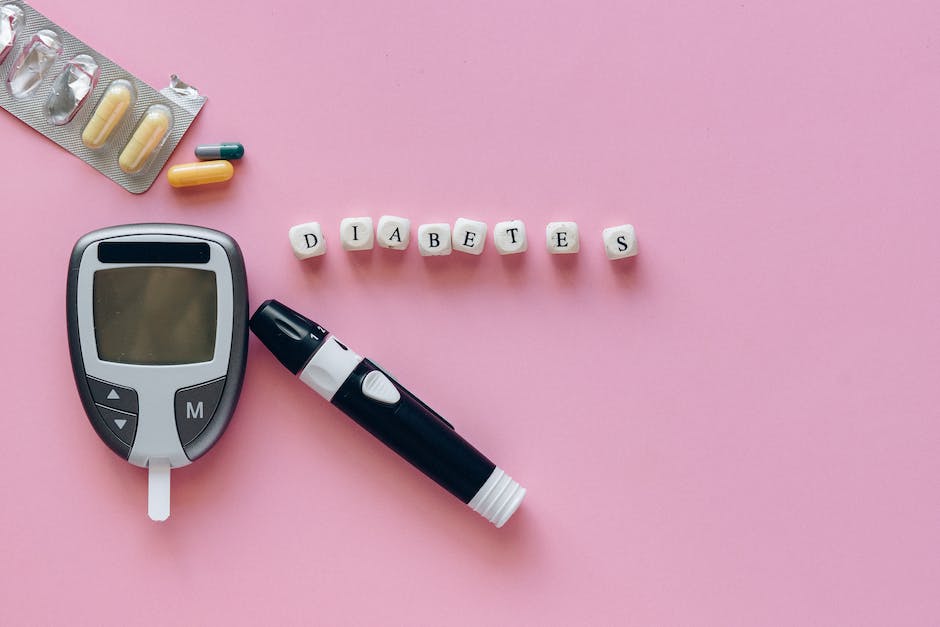Unlocking an understanding of hypoglycemia, a common but often misunderstood medical condition, can help those affected to manage and treat its symptoms effectively. With a broad coverage that includes an in-depth look into hypoglycemia’s definition, causes, symptoms and health risks, this comprehensive guide is designed to equip the reader with crucial information. Beyond that, we will delve into how this condition is diagnosed, further illuminating the complex puzzle that is hypoglycemia. This exploration is not only limited to traditional treatment methods, which encompass dietary changes, medication, and lifestyle modifications, but also addresses new, emerging treatments and management techniques. Despite the common occurrence of hypoglycemia, it is a condition that many are not well-acquainted with, making this analysis not only informative but necessary.
Understanding Hypoglycemia
Understanding Hypoglycemia: Definition and Causes
Hypoglycemia, or low blood sugar, is a prevalent metabolic condition. It is typically characterized by an abnormally low level of glucose in the blood, usually below 70 milligrams per deciliter. Several factors might cause hypoglycemia. It’s most commonly linked to diabetes management, where injected insulin or oral medication might create an excess of insulin in the blood. However, it can also manifest in non-diabetic individuals due to reasons such as excessive alcohol consumption, certain types of medication, endocrine deficiencies, critical illnesses, renal failure, or metabolic problems.
Recognizing the Symptoms of Hypoglycemia
Symptoms of hypoglycemia vary depending on the severity of the condition, but they can escalate quickly if not treated promptly. Initial signs include hunger, tremors, sweating, palpitations, and dizziness. If blood sugar levels continue to drop, symptoms can intensify, and individuals might experience confusion, difficulty speaking, weakness, visual disturbances, or seizures. A severe hypoglycemic episode can even lead to loss of consciousness or coma.
Treating Hypoglycemia: Initial Steps and Medical Interventions
When it comes to treatment, the initial step is to safely raise the blood sugar level. This can usually be done by consuming 15 to 20 grams of simple carbohydrates, such as fruit juice, soda, or glucose tablets. If symptoms don’t improve within 15 minutes, the process may need to be repeated.
In more severe cases or when initial treatment methods do not work, medical intervention is necessary. Doctors can administer a glucagon injection (a hormone that raises blood sugar levels) or intravenous glucose to rapidly restore blood glucose to safe levels.
Maintaining Blood Sugar Levels: Ongoing Management and Health Risks
Long-term treatment focuses on modifying lifestyle factors and possibly adjusting diabetes treatment plans to prevent hypoglycemia. Regular monitoring of blood sugar levels, maintaining a consistent eating schedule, avoiding alcohol on an empty stomach, and exercising appropriately can help manage hypoglycemia.
Continued episodes of hypoglycemia could pose severe health risks as the body and brain rely on glucose for energy. Prolonged hypoglycemia can potentially cause seizures and nervous system damage. Additionally, repeated episodes might lead to hypoglycemia unawareness, a condition where the body stops alerting to low blood sugar symptoms, increasing the risk of severe episodes. Hence, recognizing, treating, and managing hypoglycemia effectively is an essential part of maintaining overall health.
Working with Healthcare Professionals
Although acquiring a general understanding of hypoglycemia is advantageous, engaging with a healthcare professional to obtain an accurate diagnosis and personalized treatment strategies is paramount. These professionals can provide recommendations on how to monitor blood sugar levels, interpret the results, select appropriate foods, and devise exercise plans. This bespoke information can then be used by doctors and healthcare providers to adjust treatment plans, thereby ensuring optimal outcomes for both diabetic and non-diabetic individuals.
It’s important to note that every individual’s body responds uniquely to treatments; thus, what proves effective for one person might not yield the same results for another. Regular follow-ups and ongoing communication with healthcare professionals significantly contribute to the efficacious management of hypoglycemia.

Diagnosis of Hypoglycemia
Diagnosing Hypoglycemia: Decoding Your Tests and Readings
The journey to a hypoglycemia diagnosis commences with a thorough medical examination by a healthcare professional, who typically reviews the patient’s medical history and symptoms. It’s likely that your healthcare provider will inquire about any instances of low blood sugar you’ve experienced, including their frequency and any particular triggers, in order to establish a pattern that may suggest hypoglycemia.
Key Indicators: Causes and Triggers for Hypoglycemic Episodes
There are various factors and conditions that might prompt a diagnosis of hypoglycemia. These can range from certain health conditions, such as diabetes and kidney disorders, to lifestyle factors such as heavy alcohol consumption, excessive physical activity, or unhealthy eating habits. Certain medications could also cause low blood sugar levels. If you are taking insulin or diabetes medication, for example, your healthcare provider will review your dosage and administration method, as these factors may be contributing to your hypoglycemic episodes.
Blood Glucose Level Tests: The Cornerstone of Hypoglycemia Diagnosis
When it comes to tests related to glucose levels for diagnosing hypoglycemia, a healthcare provider usually measures an individual’s blood glucose level during an episode when the symptoms are present. A result of 70 mg/dL or below indicates low blood sugar levels or hypoglycemia. This measurement is known as a critical sample and is pivotal in the diagnosis.
Continuous Glucose Monitoring and Oral Glucose Tolerance Test
In some cases, continuous glucose monitoring (CGM) might be utilised. This involves wearing a small sensor under the skin that measures blood glucose levels continuously throughout the day and night. The data collected can provide your healthcare provider with a more detailed profile of your glucose levels, aiding in diagnosis and treatment planning.
An oral glucose tolerance test (OGTT) might also be performed. This test measures the body’s ability to use glucose, the main source of energy for our cells. You will be asked to fast overnight and then drink a sugary liquid. Blood samples will then be taken at various intervals to measure how your body processes the glucose.
Associated Etiologies: Distinguishing the Type of Hypoglycemia
Once hypoglycemia is diagnosed, it is essential to understand the root cause to plan the treatment. Reactive hypoglycemia typically occurs a few hours after meals, while fasting hypoglycemia may occur if meals are missed. To determine the type, healthcare providers may perform a prolonged fasting test or a mixed-meal test.
The diagnosis and treatment of hypoglycemia involves several evaluations, tests, and assessments by healthcare professionals. After making an accurate diagnosis, a personalized treatment plan is usually created for the patient. This may involve alterations in lifestyle, medication amendments, and even specific therapies or procedures to address any underlying issues that may be causing the hypoglycemia. Addressing hypoglycemia is of paramount importance to avert potentially severe health complications and to enhance overall quality of life.

Traditional Treatment Methods for Hypoglycemia
Understanding Hypoglycemia and the Role of Glucose
Commonly found in individuals with diabetes, hypoglycemia is a medical condition characterized by low blood sugar levels. This occurs when there isn’t sufficient glucose in the bloodstream required by the body for its energy needs. Essentially, glucose is the body’s main energy source, which is usually derived from food intake, particularly from carbohydrates. Every cell in the body relies on glucose to perform their functions. When the levels are inadequate, a range of symptoms can manifest, from mild ones such as dizziness or confusion, to severe symptoms including coma or seizures.
Dietary Changes for Dealing with Hypoglycemia
One primary method of treating hypoglycemia traditionally involved making certain dietary changes. These are intended to ensure a steady supply of glucose in the bloodstream, avoiding sudden drops or spikes. Frequently, this implies eating smaller, more frequent meals or snacks throughout the day as opposed to three large meals. Consuming a balanced mix of proteins, fats, and carbohydrates at each meal can aid in managing blood sugar levels. Paying close attention to nutrition labels and being aware of foods that can cause rapid spikes in blood sugar is vital. For example, high-sugar foods like candy or regular soda can increase blood sugar rapidly, but likewise, can lead to a sharp drop.
Treatments of Hypoglycemia: Medications
Alongside dietary changes, certain medications can help manage blood glucose levels. Individuals with diabetes who are prone to bouts of hypoglycemia may be prescribed glucose tablets or gels that can rapidly increase blood sugar in emergency situations. Regular insulin management also plays a significant role in preventing hypoglycemia. For people with severe hypoglycemia, a glucagon injection is generally used; glucagon is a hormone that triggers the release of stored glucose into the bloodstream from the liver. Medications used will vary depending on individual needs and the severity of the condition.
Managing Hypoglycemia Through Lifestyle Changes
Hypoglycemia can be effectively managed not only through diet and medication but also through adapting other areas of your lifestyle. For instance, incorporating regular physical activity in conjunction with dietary control could help stabilize blood sugar levels, though it’s essential to balance the type and intensity of exercise with your food intake and any medication to avoid inducing low blood sugar. It’s crucial also to monitor your blood sugar regularly, specifically before and after meals, as well as before and after any exercise and before going to bed. Steering clear of alcohol and recreational drugs could further aid in managing your condition, as both can impact blood sugar levels and the body’s reaction to low blood sugar. Regular check-ups with your healthcare provider and self-monitoring are just as important in keeping your hypoglycemia under control.

Emerging Treatments and Management Techniques for Hypoglycemia
Utilizing Glucose Monitoring Devices for Hypoglycemia
Crucial to managing hypoglycemia is regulating your blood sugar levels, and this is where continuous glucose monitors (CGMs) can be of great assistance. These wearable devices, which deliver real-time dynamic glucose readings, can track your blood glucose levels day and night. They can also alert you when your levels are too low or too high. Being minimally invasive, they offer a high level of accuracy in data provided. Dexcom G6 and Abbott’s FreeStyle Libre are two FDA-approved CGM devices that are well-known and reliable.
Innovative Medications for Hypoglycemia Treatment
Aside from dietary measures, medications play a critical role in managing hypoglycemia. One innovative approach is using GLP-1 receptor agonists such as Dulaglutide. This medication increases insulin secretion and reduces the secretion of glucagon, a hormone that increases blood sugar levels.
Another promising medication is SGLT2 inhibitors like Dapagliflozin. These drugs promote the excretion of glucose through urine, effectively reducing blood sugar levels. Both types of medications have been approved by the FDA and documented to have a good safety profile and high efficacy in managing hypoglycemia.
Techniques to Handle Hypoglycemic Episodes
Individuals with hypoglycemia are encouraged to adopt the “15-15 Rule”. This involves offsetting a hypoglycemic episode by consuming 15 grams of simple carbohydrates and waiting 15 minutes for the blood sugar level to rise. This can be repeated until the blood sugar has reached the desired level.
In case of an emergency where the person is unconscious or unable to ingest carbohydrates, glucagon injections or glucagon nasal powder (Baqsimi) can be life-saving. Both methods act to rapidly increase blood sugar levels and have been approved by the FDA for use.
Understanding the Risks
Although innovative methods for managing hypoglycemia are emerging, the risks and side effects should not be overlooked. Continuous glucose monitors may sometimes result in inaccurate readings, skin irritation from the sensor adhesive, or allergic reactions.
Medications employed to regulate blood sugar levels have potential adverse effects. GLP-1 receptor agonists may lead to nausea, vomiting, or diarrhea, while SGLT2 inhibitors could increase the risk of urinary tract infections and ketoacidosis, a serious diabetes complication.
Applying the 15-15 rule or using glucagon treatment does not pose significant risks. However, people should always consult healthcare providers when diagnosing hypoglycemia or adjusting their treatment plans.
In conclusion
Despite the numerous treatments and management techniques for hypoglycemia, continuous evaluation of the individual’s condition and personalized treatment strategies are vital. It’s also critical to promptly recognize the symptoms of hypoglycemia and have strategies in place to quickly raise blood sugar levels safely.

As we move forward in our understanding and treatment of hypoglycemia, it’s important to stay abreast of emerging treatments and management techniques. These include innovative glucose monitoring devices and state-of-the-art medications, among others. While these advancements offer a hopeful outlook, they, like all treatments, come with potential risks or side effects to consider. Through gaining an understanding of hypoglycemia and the various methods used for its diagnosis and treatment, individuals can better manage their condition and work in coordination with medical professionals for a healthier life. This comprehensive look into hypoglycemia serves as an aid on that journey, empowering readers to make educated decisions about their health.
